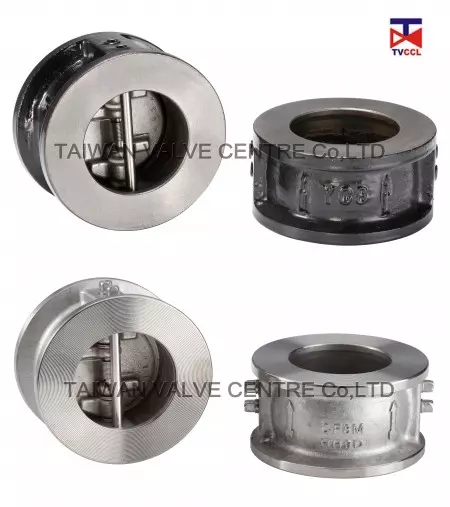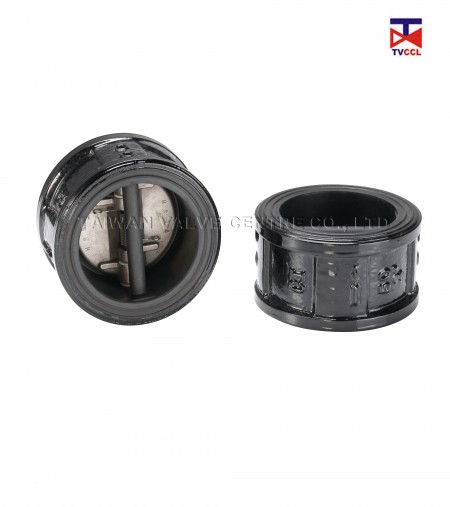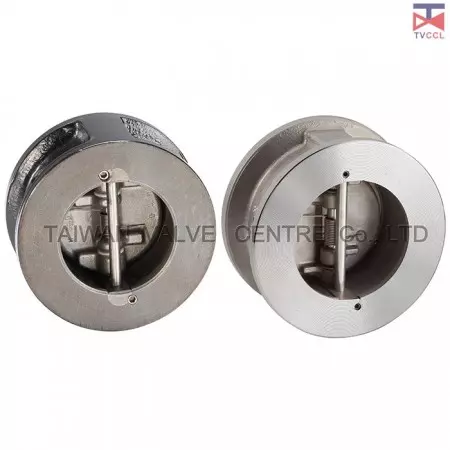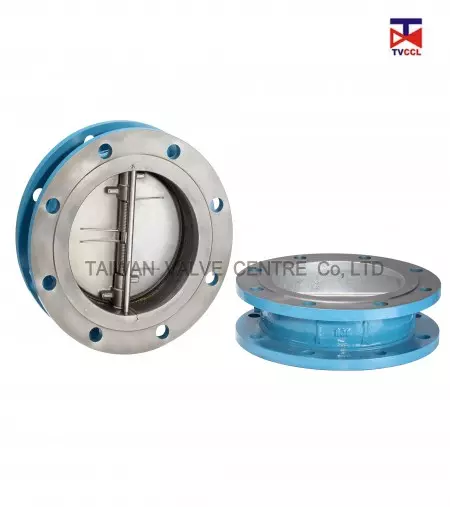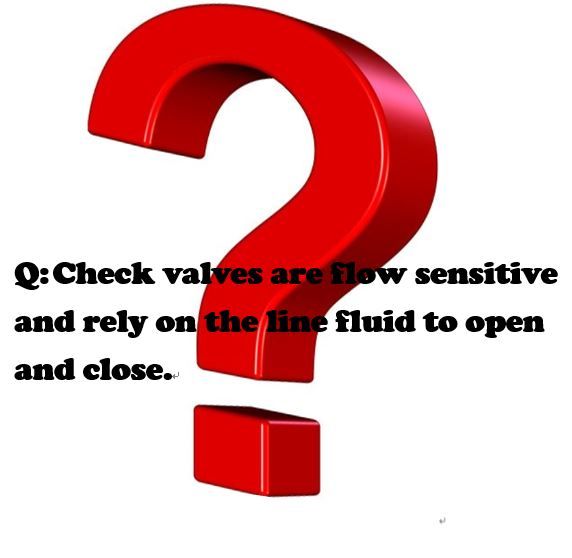
Q:Check valves are flow sensitive and rely on the line fluid to open and close.
Regardless of type or style of valve, the longest trouble-free service will come from valves sized for the application, not the line size, whereby the disc is stable against the internal stop in the open position or fully closed. When these conditions are met, no fluttering of the disc will occur. Unfortunately, most check valves are selected in the same way on/off valves are selected: based on line size and the desire for the largest Cv available. This ignores the fact that, unlike on/off valves, the flow conditions determine the internal performance of the check valve since its disc is always in the flow stream.
As mentioned earlier, unlike on/off valves, check valve internals are flow sensitive. If there is not enough flow, disc movement occurs inside the valve since the disc is always in the flow path. This results in wear, potential for failure, and a higher pressure drop than calculated.
Whenever a metal part rubs against another metal part, wear is a result, which leads to eventual failure of the component. A component failure can result in the valve not performing its function, which in the case of a check valve is to prevent reverse flow. In extreme cases, failure could result in the component or components escaping into the line, causing failure or nonperformance of other valves or equipment in the line.
Typically, pressure drop is calculated based on the check valve being 100% open, as with on/off valves. However, if the flow is not sufficient to achieve full opening and the check valve is only partially open, the pressure drop will be greater than calculated since the flow passage is restricted by the disc being in the flow path. In this situation, a large-rated Cv actually becomes detrimental to the check valve (unlike with on/off valves), resulting in fluttering of the disc and eventual failure. Such is not the case with some other valves. With a gate valve, for example, if the valve is fully open, the wedge is out of the flow path and the flow through the valve does not affect the performance of the wedge whether that flow is low, medium, or high.
Excerpt From
WaterWorld Magazine
Mike Shorts
- Related Products
Dual Plate Wafer Type Check Valve
TC0
Fast Delivery: Most orders are shipped within 3-7 days, depending on stock availability. Versatile...
DetailsDual Plate Wafer Type Check Valve with Full Rubber
TC1
Dual plate wafer type check valve with full rubber is usually used in seawater desalination...
DetailsDual Plate Wafer Type Check Valve With Retainerless
TC8
The dual disc check valve with its compact wafer design and low cost have made it a popular...
DetailsDual Plate Lug Type Check Valve
TC6
The dual plate lug type check valve only takes 15-20 minute completely dissemble and reassemble...
DetailsDual Plate Flange Type Check Valve
TC4
Because the check valve flange type doesn’t tapping on the flange hole, installation of double...
Details

